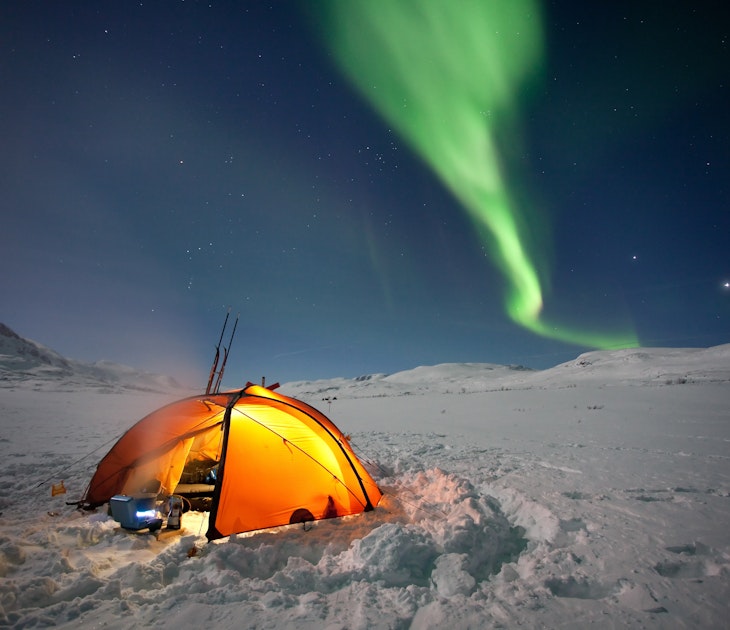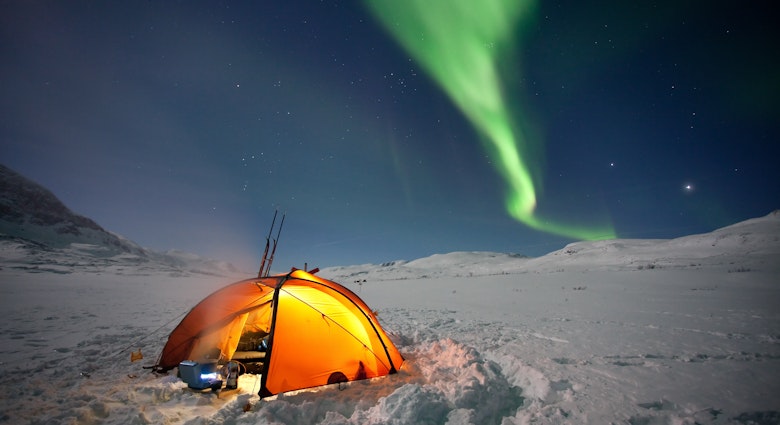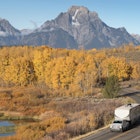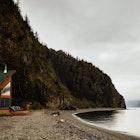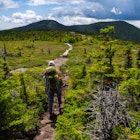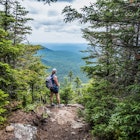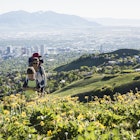At the northern edge of New England, the state of Maine promises outdoor adventures unrivaled in the United States, with acres of remote and untouched wilderness. Amid the bear-hug of a northeastern summer, a moose safari by canoe is the ultimate way to grasp the splendor of this rarely visited wonderland.
Maine's Great North Woods is a heavily forested wilderness, blanketed by sugar maple and beech, where nature has long had the upper hand. Distinguished from the rest of New England by its boundless scale, the Acadian back country vanishes under snowfall in winter as if by magic, only to be reborn in a spectrum of summer color as life returns to the trees and ponds. Out go the grunting snowmobiles, in come the wobbly canoes and muddy boots.
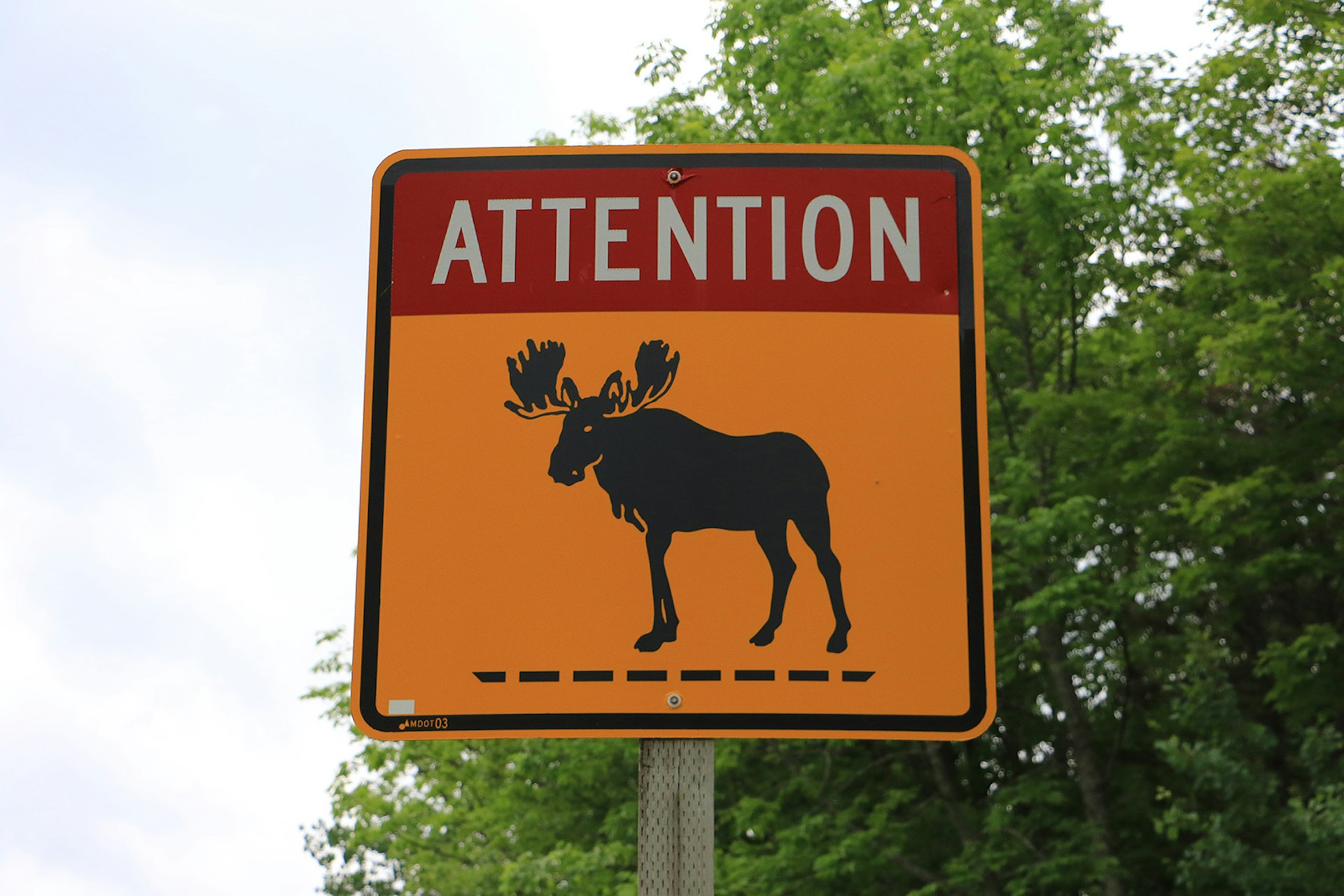
By late June, the few hikers, hunter-gatherers and fishermen that venture to Moosehead Lake, the largest in Maine, are no longer alone. As summer arrives, the Great North Woods fill with eye-rubbing, hibernation-starved black bears and the largest population of moose in the contiguous United States. In truth, there are so many barrel-chested bulls you wouldn't believe your eyes. Some are as tall as totem poles, others stronger than a grizzly. An adult bull (male) moose can weigh as much as 1,500 pounds, four times more than the average reindeer. These thoughts play on my mind as I leave the trailhead behind on a bucket-list moose safari.
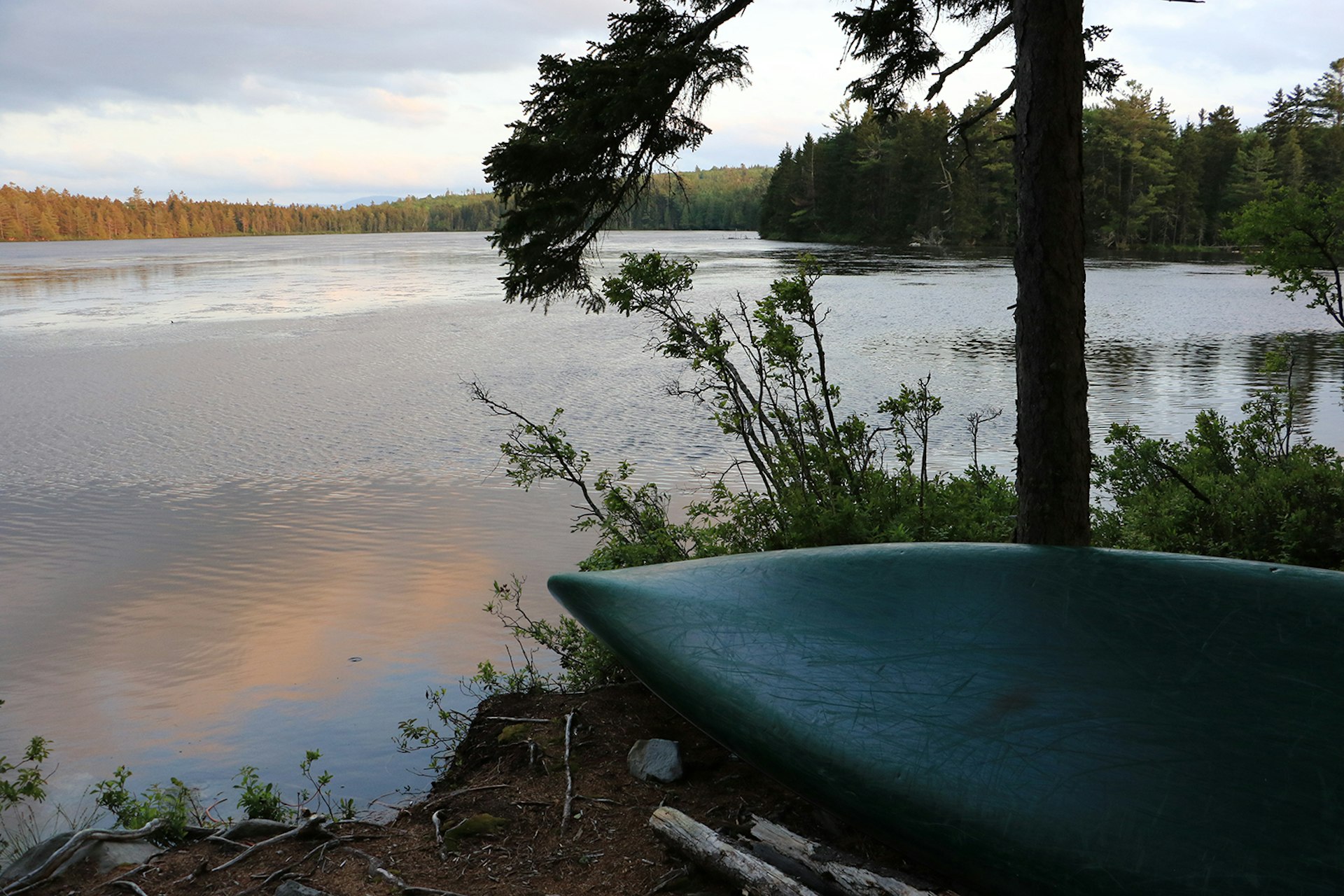
On this midsummer’s late afternoon, the light falls shadowy and soft as we pick our way past tangled roots and twisted lichen-covered trunks. We cross a mossy forest floor, cracking twigs underfoot, and continue down a faint slope, the sun flitting through the treetops, before emerging at the liberating open space of a polished mirror lake. At its center, the water shimmers, glowing a deep diamond blue and framing a sprawling backwoods utopia that crosses four states and stretches all the way to Quebec.
Such woods have commonly been the preserve of America’s literati. Henry David Thoreau turned his back to the world and recounted his traverse of the area 150 years ago in The Maine Woods, describing the continuous forest as uninterrupted, vast and beautiful. Since then, his writings have inspired naturalists and fly fishermen, who parachute in by helicopter to marvel at the waterways of the Moose River as it funnels over the border from Canada. Here, it’s straightforward to find what many of us can no longer conceive of: solitude in nature.
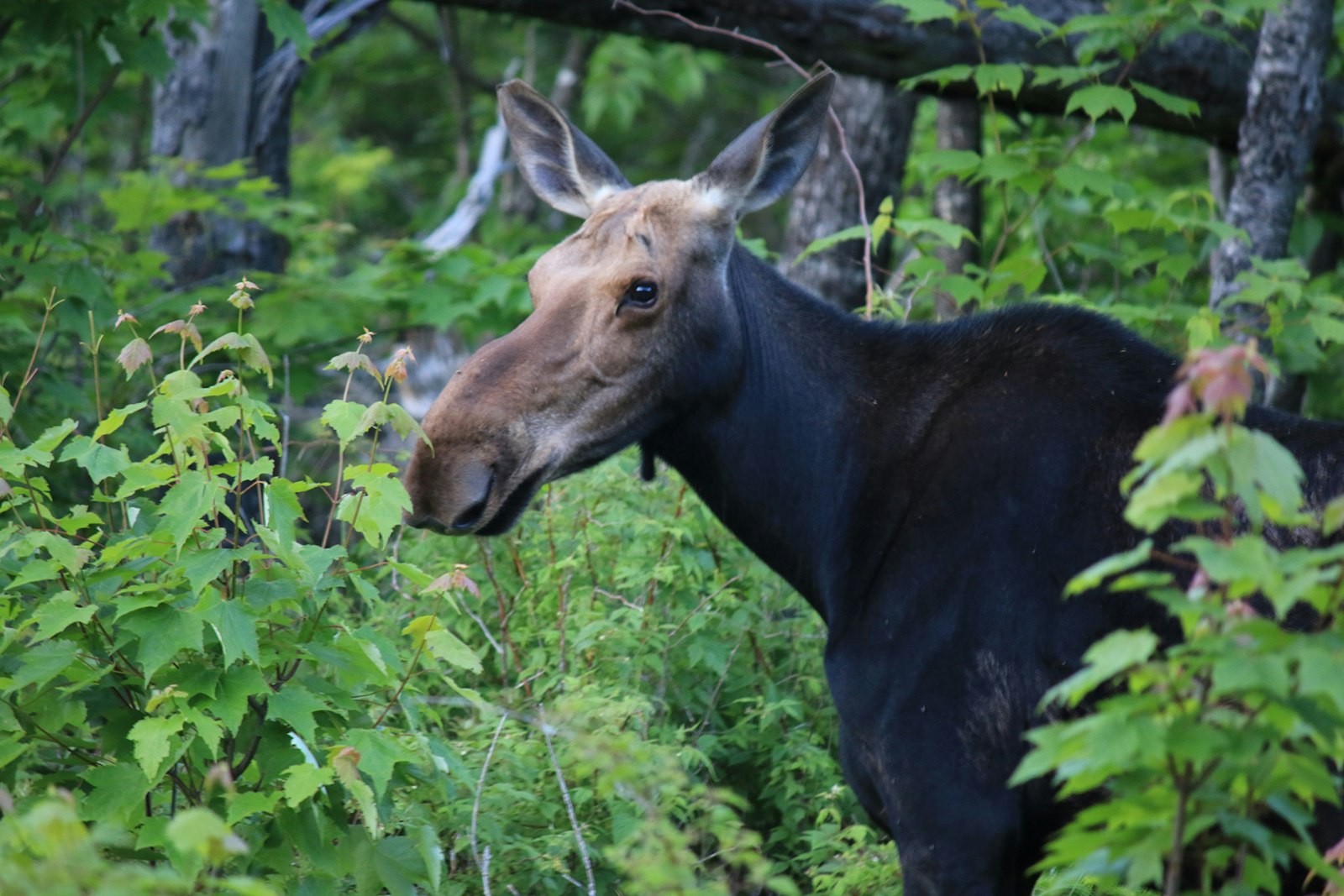
It’d be easy to get lost here, I think, and the idea is equally unsettling and appealing, given the Narnia-like atmosphere. The trees are so tall they shield the sun, the mosquitoes as big as toy airplanes. We could walk right upon a ravenous bear drinking at the water’s edge, or spot a calving mother moose, drawn to the shadows of a glade, protecting newborn offspring. You can almost hear the disgruntled snort as her maternal instinct kicks in. If the two came face-to-face, I’m later told, the moose’s hind legs could snap a bear’s spine like a toothpick.
But there isn’t really anything to be afraid of. We’re in the company of Chris Young, a National Moose Calling Champion more at home in the backwoods than on his back porch. He has spent 35 years tracking the forests without bug spray, paddling the golden ponds through hemlock, jack pine and softwood. He’s also more in tune with the moose than he is with his neighbors. Since the forest that envelops his hometown of Greenville is inhabited by 25,000 of the creatures – three times more than the human population – it’s perhaps a little understandable.
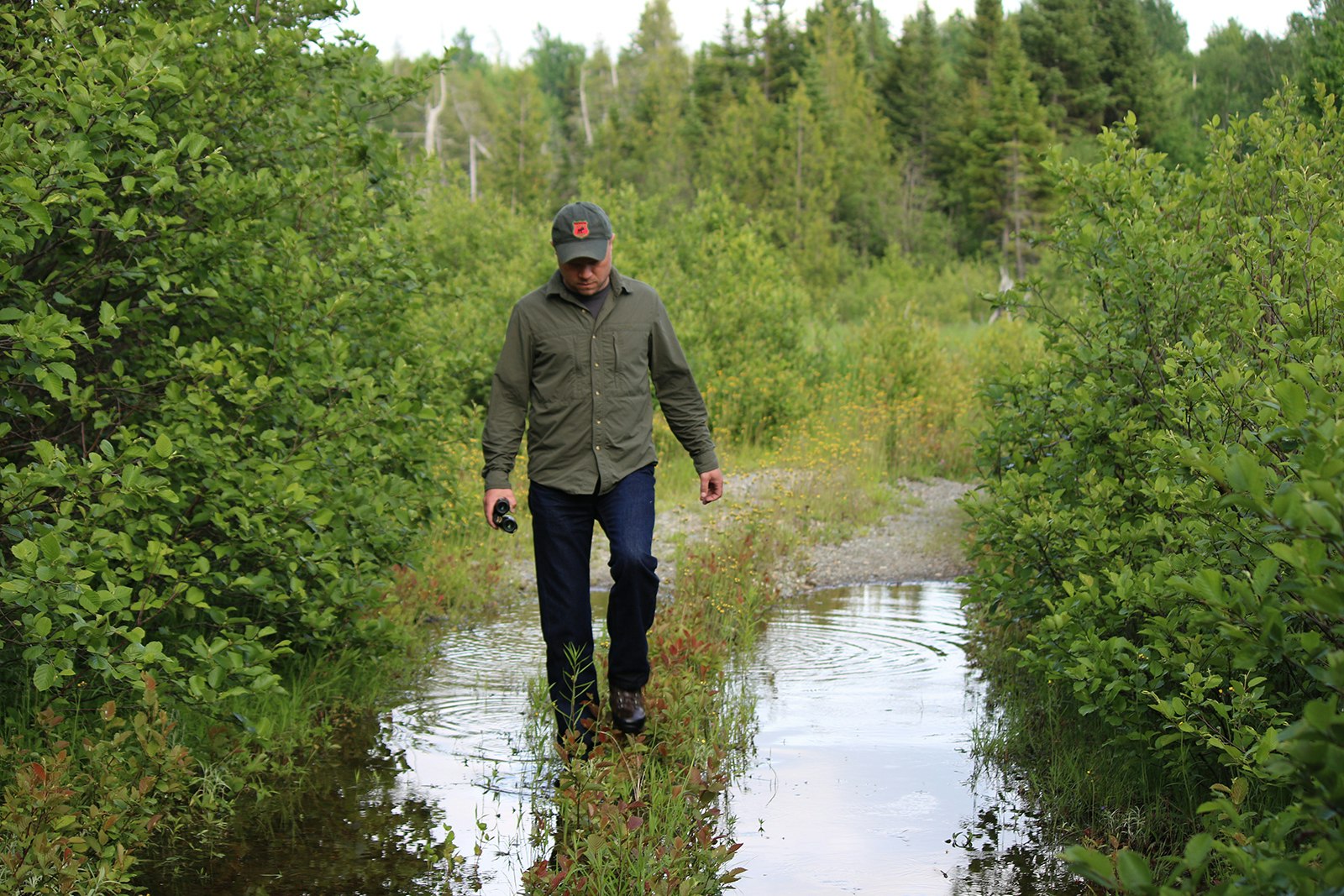
What helps Chris bond with the elusive moose is his uncanny ability to mimic their calls in order to tease them from the shadows. While elk bugle with a melody, Chris explains, moose don’t sing. In a display of rare, almost comical bushcraft, a moose caller can match their cries, breaking the utter silence of the twilight with a deep, aggressive honk like a Star Wars character on steroids or the softer, lawnmower-like grunt of a calf in distress.
‘It makes the hair stand up on the back of your neck when one comes running out of the woods,’ Chris says, his clipped New England drawl lingering in the air. ‘But I’ve never met a moose I couldn’t talk down.’ The backup plan? ‘We’d need to find a tree – and fast.’
For all the moose in northern Maine, there isn’t one hiding behind every bush. To reach Chris’ favorite moose-viewing spots, we have driven four hours, down logging roads and along tracks flooded by overactive beavers, covering some 70 kilometers of terrain. Seen on a map, the head of a pin would barely cover it, but going even a short distance in such remote wilderness feels like an epic undertaking.
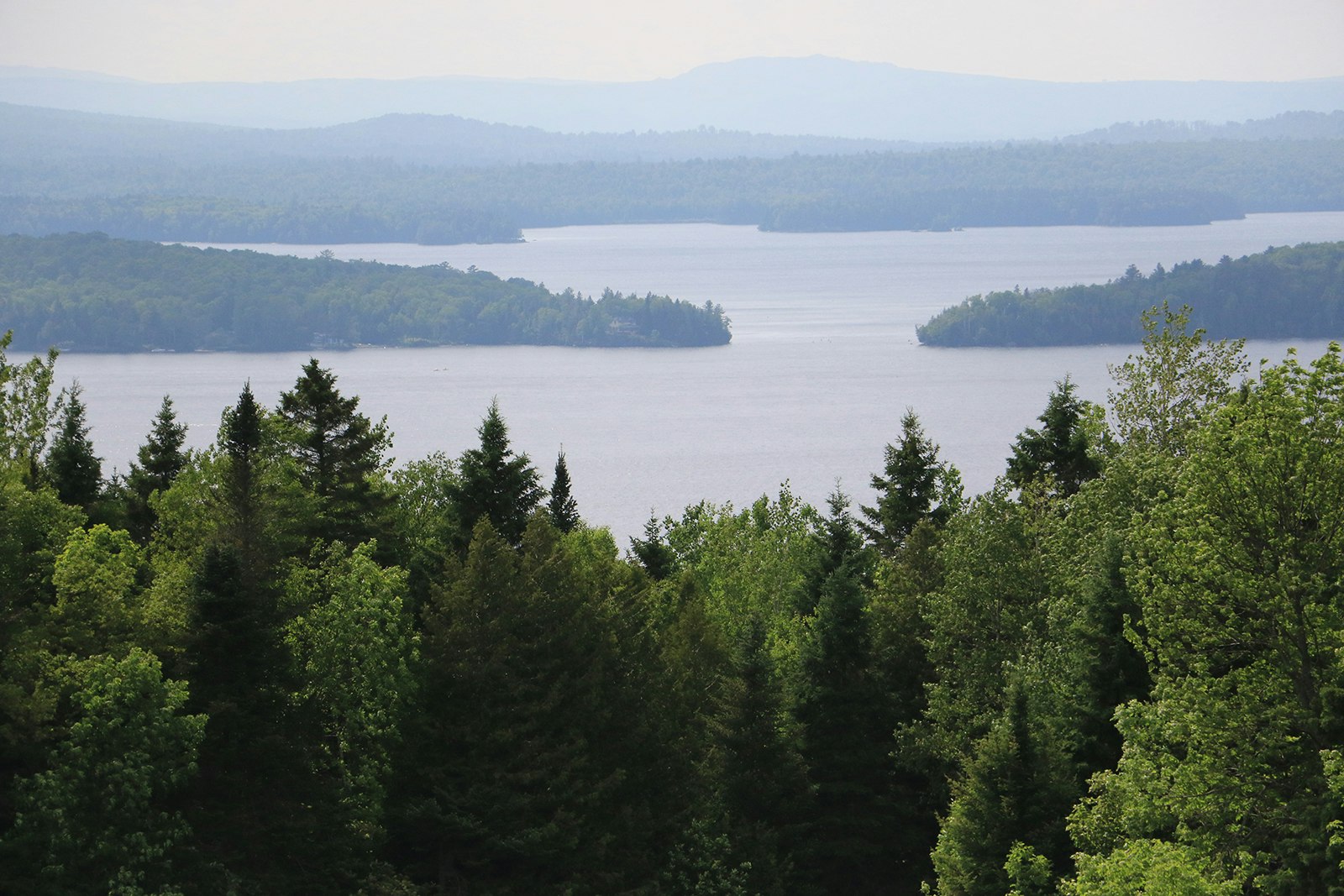
The light begins to fade, the hour when moose are most active, and we take a flat-bottomed canoe for a lap around a glimmering vermilion pond, the water sloshing at the boat’s sides in tightly formed, rolling waves. Vegetation, dewy and evergreen, circles the lake and is soon overtaken by a ridge of mountains that forms the Great North Woods’ backbone. White-tail deer and wild rabbits make fleeting appearances at the water’s edge, while a pair of hunting hawks arc overhead. Still, the woodland’s dramatis personae have yet to make an entrance.
‘Shhhh,’ Chris whispers, cocking an ear and peering into the bushy forest on high alert. ‘The moose get spooked by the slightest rustle.’ On the shoreline he points to a wall of vegetation thicker than a woodsman’s beard, where he's caught sight of something – a flicker, a sudden shake in the leaves – that excites him to the point of dropping his binoculars. I scan the bank, but see nothing. Moments later, a long, looping grunt rings out from the moose caller, rising like an ungodly gargle, followed by a canoe-shaking bass warble. ‘Hear that?’ says Chris. ‘That’s how you get a moose’s attention.’ In response, a 1,200-pound muscular bull with an antler rack as wide as a dump truck steps into view. It is powerful yet graceful, with a monstrous, low-hanging belly.
Later, as we paddle back to shore, Chris lets it slip that sightings in the Great North Woods improve as autumn approaches. At this time, the trees turn auburn and orange and the moose move the drama of the woods out into the open and sometimes even into the water, their polished antlers locked in battle like samurai swords. ‘Instead of calling for moose,’ Chris adds, with a glint in his eye, ‘they bring the show to us.’
Across the water, the ghostly echo of another moose rings out from somewhere deep in the woods. It will soon bed down with thousands more, disappearing into the night. This is their realm, and we’ve been lucky to step into it for the briefest of moments. Then, by the light of the stars and a pale moon, the moose caller guides us back to the roadside, and to civilization.

Make it happen
For info on activities, accommodation and more, try Visit Maine. Chris Young operates Young’s Guide Service out of Greenville at the southern tip of Moosehead Lake.

